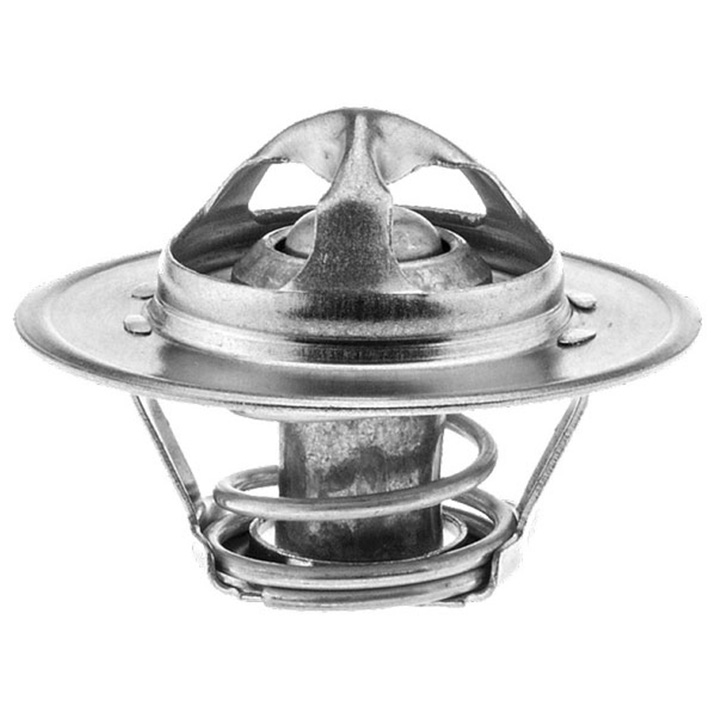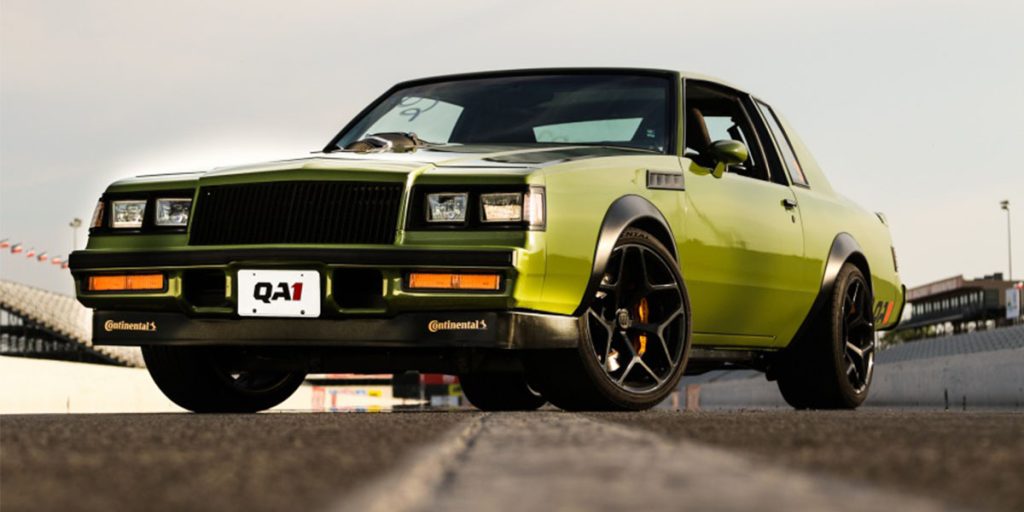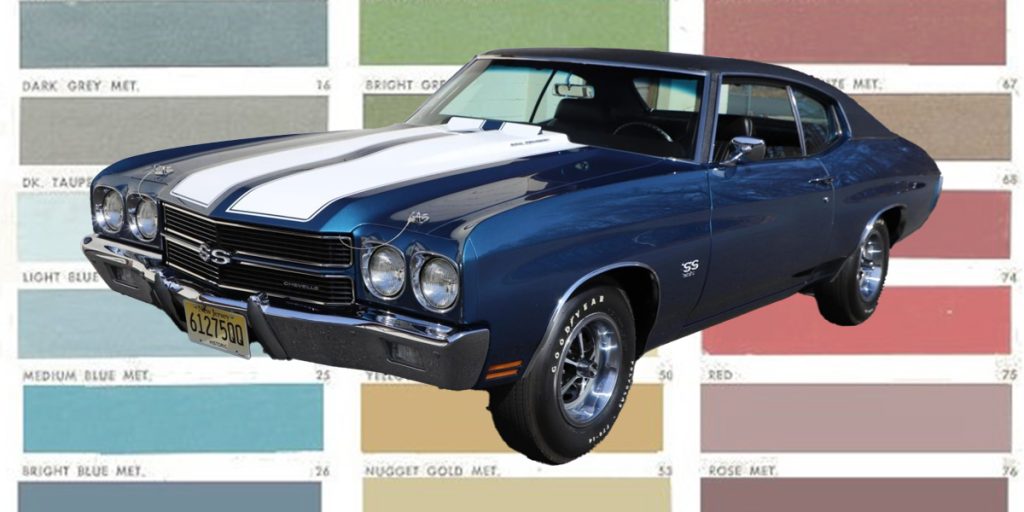How To Actually Keep Your Cooling System Working
When it comes to engine cooling systems, myths and misinformation run rampant. Whether you’re daily driving or building a high-performance street machine, understanding how your cooling system actually works is key to avoiding overheating issues or underperformance. The goal is balance—your engine needs to run cool enough to prevent damage but warm enough (ideally between 180°F and 210°F) to ensure optimal combustion efficiency.
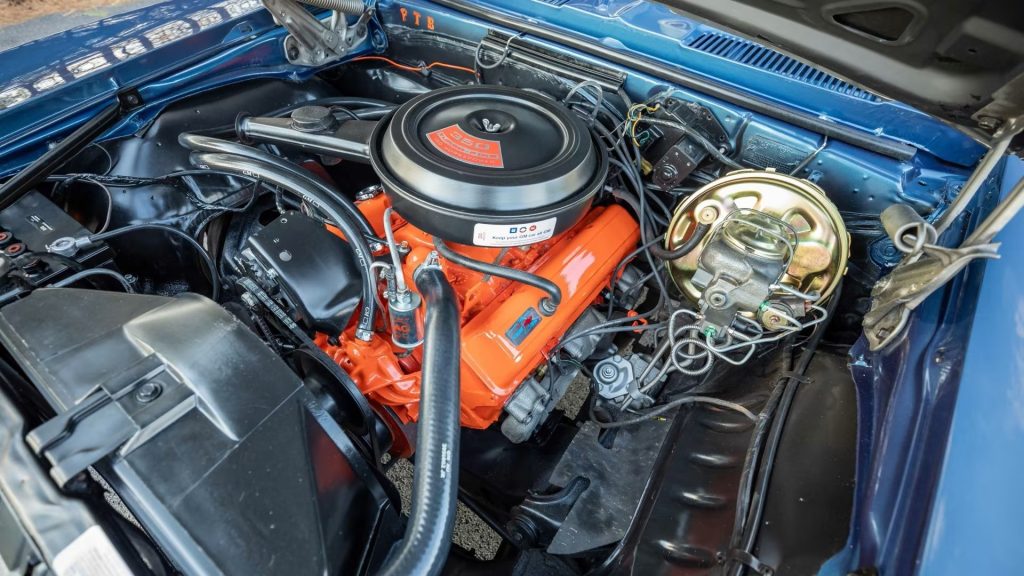
Why a Balanced Cooling System Matters
Achieving the ideal engine temperature range requires more than just a radiator and fan. It takes the right radiator size, proper fan shrouding and placement, correct water pump speed, and efficient coolant circulation. When engines run too hot—or even too cold—it’s usually the result of outdated myths and poor system design.
The Thermostat Myth: Don’t Run Without One
One of the most damaging cooling myths is that removing your thermostat will prevent overheating. The truth? Running without a thermostat can actually cause temperatures to rise faster. Without it, coolant moves too quickly through the radiator to dissipate heat, especially during stop-and-go traffic. Always run a thermostat. For most classic cars, a 180°F thermostat is ideal. If overheating occurs with a 180, the issue lies elsewhere. Late-model vehicles should stick with factory-recommended thermostats (usually 192°F–195°F).
Water Isn't Always the Best Coolant
Water is great at transferring heat, but it’s also highly corrosive. Straight water in your cooling system invites rust and scale buildup. That’s why a 50/50 mix of distilled water and ethylene glycol-based antifreeze is standard. It protects against corrosion and freezing down to -34°F. You can improve the mixture with additives like Water Wetter for better thermal conductivity.
Filling the Radiator Properly
It’s common to see people either overfill or underfill their radiators. The correct method? Fill a cold system to about an inch below the radiator neck. Then run the engine with the cap off to let air escape as the thermostat opens. This “burping” process helps to prevent air pockets that lead to hot spots.
Don't Skip the Anti-Collapse Spring
If you’re working on a Classic Chevrolet, make sure your lower radiator hose has an anti-collapse spring. The suction from the water pump can flatten the hose at high RPMs, cutting off coolant flow. Despite what some hose manufacturers claim, this spring isn’t just for the factory fill—it’s needed for proper operation.
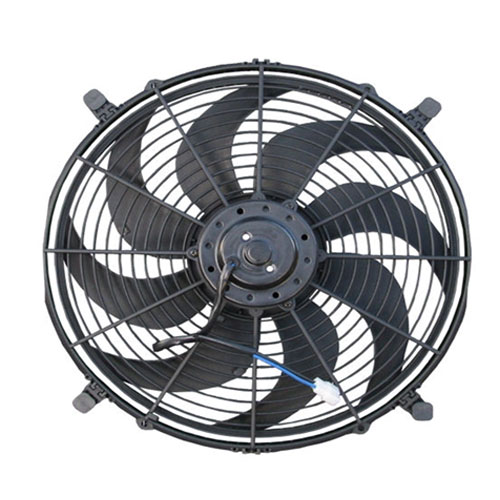
Faster Fans Aren’t Always Better
Another misconception: the faster a fan spins, the better it cools. Not necessarily. At highway speeds (40+ mph), natural airflow often does the job. Overly fast fans can cause airflow boundary issues, where air moves past the radiator too quickly to absorb heat. Thermostatic clutch fans or properly timed electric fans are suggested, as they engage only when necessary.
More Fans ≠ More Cooling
You don’t need a fan on both sides of the radiator. In fact, a well-placed puller fan (behind the radiator) typically does the trick. If your setup requires dual fans to maintain normal temps, you likely have deeper problems like a clogged radiator, incorrect pump speed, or insufficient airflow.
Proper Fan Shrouding and Spacing
Fan shrouds are often overlooked and they are needed for channeling air through the radiator, not around it. You don’t want large gaps around the shroud as this allows air to escape. Another important factor is a mechanical fan should be half in and half out of the shroud in order to pull the most efficiently.
Don’t Overlook the Radiator Cap
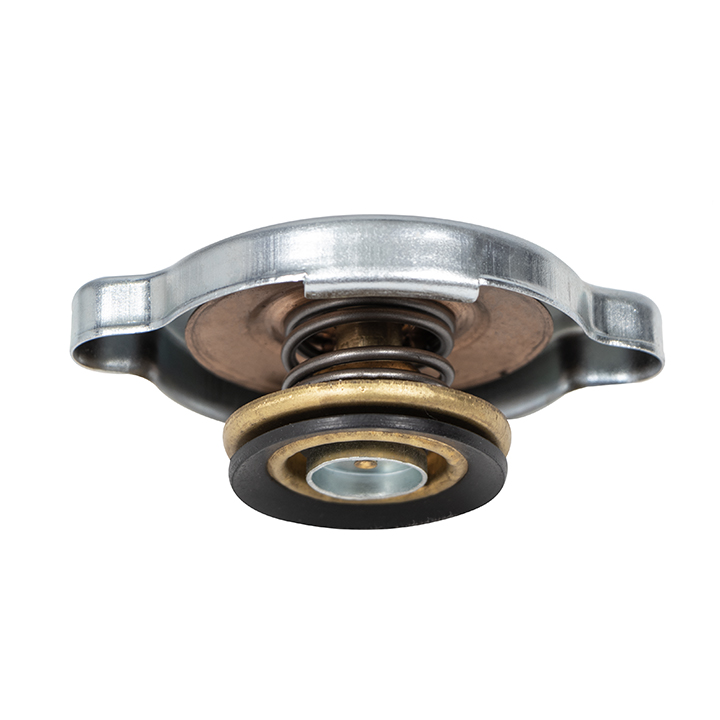
The radiator cap is more than a lid—it’s a pressure regulator. It raises the coolant boiling point, allowing the system to operate at higher temperatures without boiling over. Older vehicles typically use 7–12 psi caps, while modern cars handle 12–18 psi. Always match the cap to your vehicle’s specifications.
Cheap Parts = Expensive Repairs
Cooling system parts aren’t the place to cut corners. Invest in quality hoses, high-flow water pumps, durable clamps, and heavy-duty thermostats. For example, Goodyear Super Hi-Miler hoses and premium worm gear clamps will outlast generic alternatives. The same goes for water pumps—choose a brand with a reputation for reliability and make sure your pulley ratios are dialed in.
Looking to upgrade your cooling system the right way? Explore high-performance cooling products from your friends here at SS396.com! Hop on our site for a full line of cooling products or give our friendly techs a call at (203) 235-1200!

